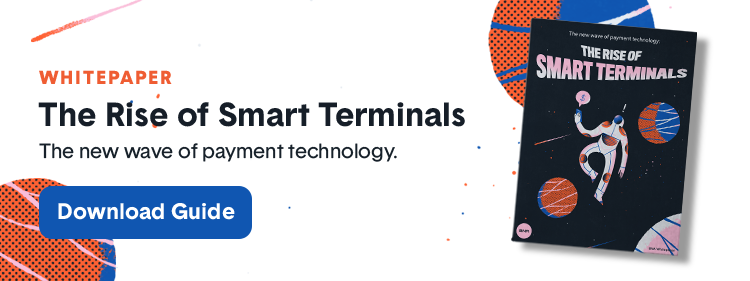Pics or it didn’t happen? How about stats or it isn’t true.
As a business owner who’s constantly hearing about the biggest trend to hit the industry or the services set to revolutionize your store, it’s understandable that you’d be wary to hear yet another claim.
Sure, you might have heard before that alternative payments are the way of the future. That they’re set to take over debit and credit. That payment methods like e-wallets, funds transfer services, and digital payment platforms will soon become the most common ways to pay.
But do you believe it? Maybe not.
There’s definitely some truth to this claim, though. And to prove it, we’re sharing some stats with you that show just how popular alternative payments are becoming and why merchants like you should pay attention.
1. 73 percent of Canadians have used alternative payment methods at some point.
According to the Canadian Prepaid Providers Organization (CPPO), almost three-quarters of Canadians have already used alternative payment methods to purchase goods or services. This includes Apple Pay (11 percent), Google Pay (7 percent), and other mobile payments (7 percent).
With numbers like these, it’s clear that what many merchants might consider to be just a fad will soon be the norm in society.
2. 23% of US payments are made with e-wallets.
E-wallets are digital wallets that hold your card info on your smartphone. Consumers can pay at NFC-enabled payment terminals (like Poynt) by holding their phone near the terminal. Paying with an e-wallet is easy, safe, and convenient. Shoppers can make purchases without having to carry their wallets/cards on them.
As the use of these digital wallets grows in popularity, you can bet that more customers will ask whether your payment terminals are equipped with near-field communication to enable these types of payments.
3. The use of mobile payments is set to increase to 28% in 2022.
According to predictions from Worldpay’s 2018 Global Payment Report, not only will mobile payment use increase drastically in the next couple years, but it’s set to surpass even surpass cash and credit cards by 2022, making it the second most popular payment method after debit cards.
That sure makes us believe that alternative payments are the way of the future, am I right?
4. 27% of 17-24 have uploaded a debit card to a mobile wallet to make a purchase.
This is compared to only 3% of those aged 65 or older doing the same, according to the TSYS 2018 US Consumer Payment Study. Millennials and Gen Z are gaining more purchasing power every year, so it’s no surprise the use of alternative payments is rising, particularly with younger generations.
These digital natives are familiar with and comfortable with the use of smartphones and digital payment methods, often preferring them to traditional payment types like credit and debit.
If you’re hoping to attract younger customers to your brand, accepting alternative forms of payments online and in store is a great first step to meeting their expectations.
5. Online transfers are growing faster than any other form of payment.
According to Payments Canada, online transfers are hot and getting hotter. Apple Pay, WeChat Pay, and Alipay aren’t the only forms of alternative payments you should accept. Interac e-Transfers are a popular local payment method in Canada, especially when it comes to ecommerce.
The world is becoming increasingly digital, so it should come as no surprise that the checkout process is becoming more digital, too. Whether you own an ecommerce site or a brick-and-mortar store, it pays to stay up to date with checkout trends to meet consumer demand. In this case, that means looking into accepting alternative forms of payment.



